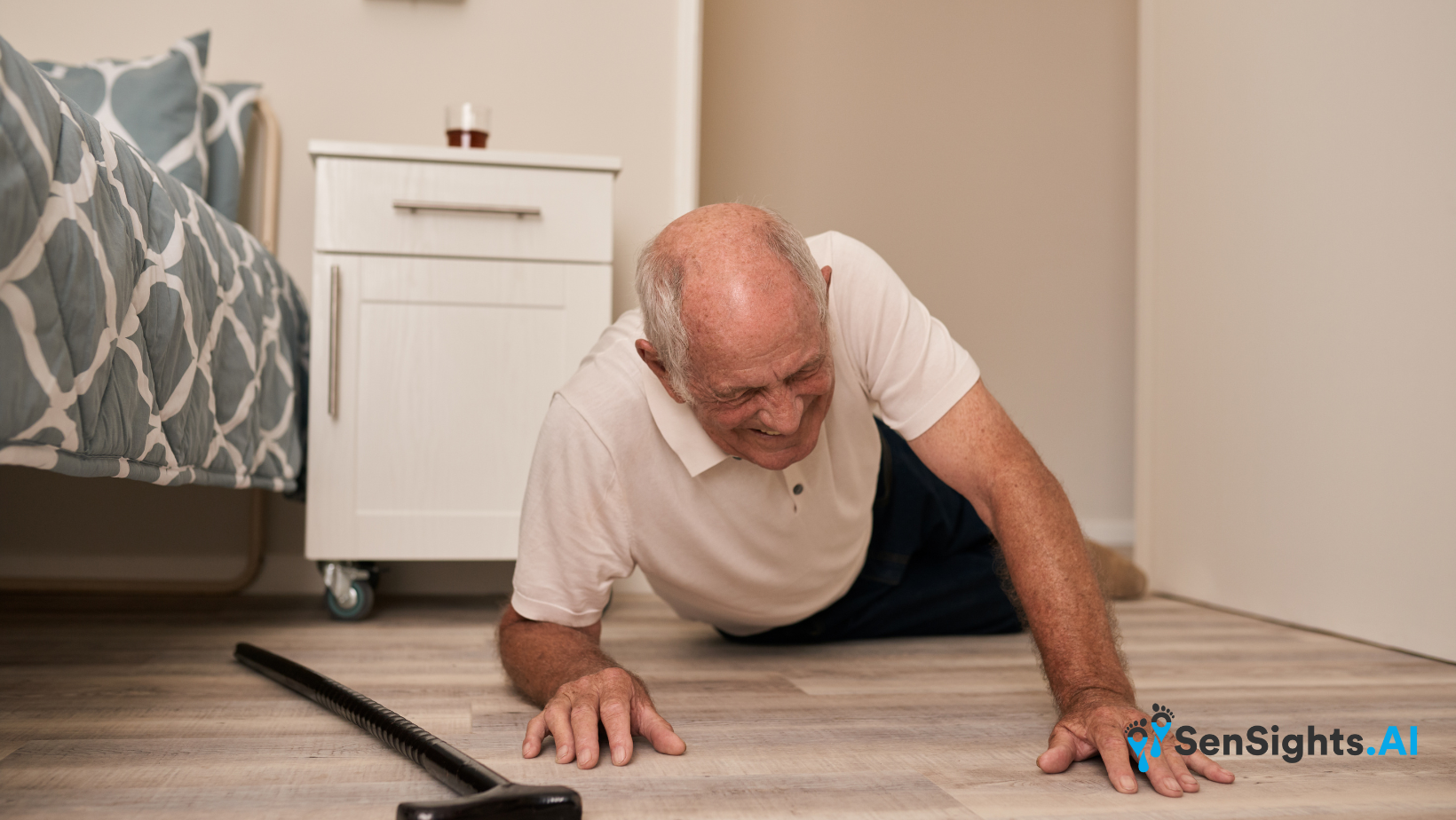Medically Reviewed By:Dr Hanif Chatur
Image Credit: Microsoft Designer
Key Takeaways
- Importance of Fall Prevention: The blog addresses the critical issue of fall risks among seniors, emphasizing the need for appropriate fall prevention devices to maintain their safety and independence.
- Diverse Range of Devices: It explores various types of fall devices, including fall alarms, bed sensors, motion sensors, wearable devices, medical alert systems, and home modifications, each catering to different needs and situations.
- Guidance on Selection: The article provides valuable insights into selecting the right fall device, considering factors like individual needs, lifestyle, budget, monitoring services, and ease of use.
Want To Learn More ?
By far the worst part of being alive is that no matter how well you keep yourself, the human body will degrade; inexorably, inevitably, irreversibly. If that doesn’t motivate you to take a poker to Queen Evolution, I don’t know what will. Muscles refuse to do our bidding, bones make sounds Hitchcock would have been proud of, and the brain sometimes refuses to help the body maintain balance. The risk of accidents, especially falls, becomes more and more palpable. The World Health Organization says falls are the second leading cause of accidental or unintentional injury deaths worldwide (unintended firearm injuries being at the top; I kid you not), and adults aged 65 and older are more prone to these incidents. In senior living, physical safety takes priority; old people fall, and we want to prevent that from occurring. As always, science rides to the rescue wearing a leather jacket and smelling of grease likeDanny Zucko. We are witnessing the successful development of fall devices tailored to the unique needs of elderly individuals. In this guide, we’ll explore the various fall devices available for seniors and provide insights to help you choose the most appropriate options.
Understanding the Need for Fall Devices
Not only do senior adults not bend very well like Danny Zucko, they also don’t repair very well. Falls among seniors usually lead to serious consequences, including fractures and head injuries, resulting in hospitalization and/or being confined to home, which then obviously culminates in a loss of independence. To mitigate these risks, a number of quite innovative fall devices have been developed, ranging from simple solutions to advanced technological aids. The key is to identify the right device that suit an individual’s specific requirements, lifestyle, and living arrangements.
Types of Fall Devices for Senior Living
1. Fall Alarms and Bed Sensors:
These devices are designed to detect when a senior attempts to leave their bed or chair unassisted. An alarm or alert is triggered, notifying caregivers or family members to provide assistance promptly.
2. Motion Sensors:
Placed in strategic locations around the home, motion sensors can detect unusual movement patterns. They are particularly useful for monitoring high-risk areas such as hallways, stairs, and bathrooms.
3. Wearable Fall Detection Devices:
These devices are worn by the senior and can automatically detect falls based on motion patterns. They often include features like automatic alerts and GPS tracking, ensuring immediate help arrives when needed.
4. Medical Alert Systems:
These comprehensive systems include wearable devices with fall detection capabilities, along with a base station that connects to a 24/7 monitoring center. In case of a fall or emergency, the senior can communicate with trained professionals who can dispatch assistance.
5. Home Modifications:
Beyond wearable devices and sensors, modifying the home environment to minimize fall risks is essential. This may involve installing handrails, improving lighting, and removing tripping hazards.
Choosing the Right Fall Device
Selecting the most suitable fall device for a senior loved one involves careful consideration of several factors:
1. Individual Needs:
Assess the senior’s specific mobility and medical requirements. Some seniors may need basic motion sensors, while others may benefit from advanced wearable devices with GPS tracking.
2. Lifestyle and Comfort:
Consider the senior’s lifestyle and preferences. Some individuals may prefer discreet wearable devices, while others may be more comfortable with home modifications.
3. Budget:
Determine your budget for fall devices. While some options can be costly, there are more affordable alternatives that still offer valuable safety features.
4. Monitoring and Support:
Explore whether a 24/7 monitoring service is necessary. Medical alert systems provide continuous support, but they typically come with subscription fees.
5. Installation and Maintenance:
Consider the ease of installation and ongoing maintenance. Some devices may require professional setup, while others can be easily installed by family members.
6. User-Friendliness:
Ensure that the chosen device is user-friendly and that the senior can operate it comfortably. Clear instructions and accessible buttons are essential.
Conclusion
Prioritizing safety in senior living means taking charge of their physical well-being by taking active steps to prevent falls and accidents. Fall devices play a crucial role in safeguarding the well-being and independence of elderly individuals. By understanding the available options and matching them to individual needs, lifestyles, and budgets, you can make an informed decision when choosing the right fall device. Ultimately, the goal is to provide seniors with the peace of mind and security they deserve while allowing them to maintain their quality of life in their own homes. Remember, safety always comes first.
Want to stay ahead in the evolving landscape of primary care?
MarkiTech.AI is a team of over 50 software engineers, data scientists and clinicians plus other health practitioners who have developed over 40 digital health solutions in the last 10 years such as SenSights.AI, Veyetals.com and CliniScripts.com which focus on helping older adults and their caregivers like family, physicians, nurses etc., age in place, reduce costs and improve revenue opportunities.

